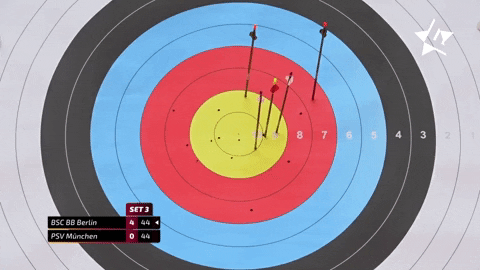Let’s face it, after the benchmark S&P 500 fell as much as 12% during the worst point of the January sell-off, wiping out the accounts of many retail traders, it’s markets like this that can leave even the most veteran traders scared to participate.
Speaking of veteran traders, I have been doing this for two decades now!
But I am not ashamed to admit that there are times I just don’t have a good feeling for what to expect in the market.
I learned to leave my ego at the door a long time ago, and I promise that once you learn to do the same, you’ll be a much better trader for it.
Why?
Because the market doesn’t give a damn who you are or how long you’ve been trading.
Anyway, the reason I bring this up is because one of the major strengths is my team, and in this business having multiple pairs of eyes on the screens is better than having just one pair.
The two trading ideas I am about to show you were discovered by the most veteran member of my team, and it’s easy to see why for two reasons:
First, both traded higher against the broader market’s collapse this past week and look to have what it takes to continue to trend higher.
Second, the options strategy that this veteran trader chose to execute for these trades offers relatively good statistical odds and defined risk.
Here’s how to potentially limit your risk and improve your odds with bullish trades in a down market
This discussion covers trading ideas in ALSN and DVN, which were provided by The Professor, Mike Parks, who is Raging Bull’s Senior Training Specialist.
Mike is a veteran trader and educator and is adding a level of insight to Total Alpha that can only come from decades of experience in trading and market education.
Mike is incredibly knowledgeable on all things markets and his talent for teaching new traders how to use market signals to choose the right options strategies is unmatched.
Why did Mike choose these stocks and how is he trading them?
Mike first scanned for stocks that were trading higher against the weak broader market.
After coming across DVN and ALSN, Mike then realized that even though both stocks had strong uptrends, they also had elevated volatility.
Folks, I can’t reiterate enough how important it is to recognize that when a stock’s volatility is already elevated, buying straight calls is not the best options strategy to use.
Why?
Because the high volatility means that the call options have already built up a premium, making them relatively expensive.
And if you happen to buy those relatively expensive options then the underlying stock fails to rally as quickly as you anticipated, well, that can cause the value of the call options to deteriorate against you at a very rapid rate.
So what Mike decided to do was anchor a simple multi-leg options strategy known as a “bull put credit spread” right near the trend lines for both of these stocks.
Here are the actual trade recommendations that Mike alerted members to on Thursday.
ALSN – “My Trade: Sell 18 Mar $40 put and buy $35 put for a Mar $40/$35 credit put spread. I am looking for a credit of $1.20.”
DVN – “My Trade: Sell 18 Mar $50 and buy $45 for a Mar $50/$45 credit put spread. Look for a credit of $1.20 or more.”
And this is what those trade look like:
Since the level of the option that is sold is the level that needs to hold for this trade to be profitable, you’ll notice that Mike sold those put options right at the dominant trend lines.
As the educational content below highlights, all these stocks need to do now is stay above strikes of the put options that were sold as time passes by.
When would a trader use a bull put spread?
This strategy is best utilized when a trader has a neutral to bullish opinion of a stock or ETF.
Since the trader is a net seller and collecting a premium, the trade benefits from both time decay and rising stock prices.
The trade is also statistically proven to provide better odds of success than many other trading strategies.
What are the basic mechanics of a bull put spread?
A bull put spread is the easiest multi-leg options strategy to learn because it consists of one long put with a lower strike price and one short put with a higher strike price, both of which have the same expiration date.
Since the trader is selling the put with the higher premium, a bull put spread is established for a net credit (or net amount received).
The trade profits when the value of the spread declines over time.
What’s the maximum profit potential?
The maximum a trader can make on this trade is limited to the net premium received (minus commissions).
The maximum profit is realized if the stock price is at or above the strike price of the short put (higher strike) at expiration and both puts expire worthlessly.
What’s the maximum loss potential?
To find the maximum that can be lost on the trade, find the difference between the strike prices minus the net credit received (plus commissions).
The maximum loss risk is realized if the stock price is at or below the strike price of the long put at expiration.
What’s the breakeven point of the trade?
To find the breakeven point, take the strike price of the short put (higher strike) and subtract the net premium (credit) received.
To YOUR Success!




